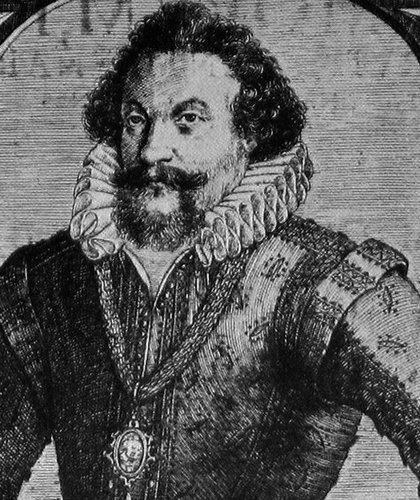
Samuel Scheidt
Samuel Scheidt (1587-1654) was a German organist and composer, one of the prominent figures in the first generation of German baroque. He received his music training in his home town of Halle, where he became assistant organist at the Moritzkirche in 1603. From 1607 he studied in Amsterdam with one of the greatest masters of the age, Jan Pieterszoon Sweelinck. Upon his return home, he worked alongside Michael Praetorius as court organist in Halle, and was able to hone his organ-making skills further afield. In 1624 he composed his anthology Tabulatura nova for keyboard instruments (organ and clavichord), which was a milestone in the history of organ literature. With it he established a new kind of tradition for keyboard music, the pinnacle of which came with Bach’s The Art of Fugue. He published his first collection of vocal works, Cantiones sacrae, in 1620, and followed that the next year with Concertus sacri. The 1620s saw a series of his instrumental works published, entitled Ludi musici. In 1628 he lost his position at the court, and became music director of the three major churches in the city. In 1630 he lost that position too, and from then on he made a living as a ‘privatus’, by teaching and giving ad-hoc performances. In 1631 he published his sacred concertos in four volumes, and in 1644 he published 70 additional symphonias as insertions to the sacred concertos. His final collection of four-part sacred songs, entitled Görlitzer Tabulatur, was published in 1650.